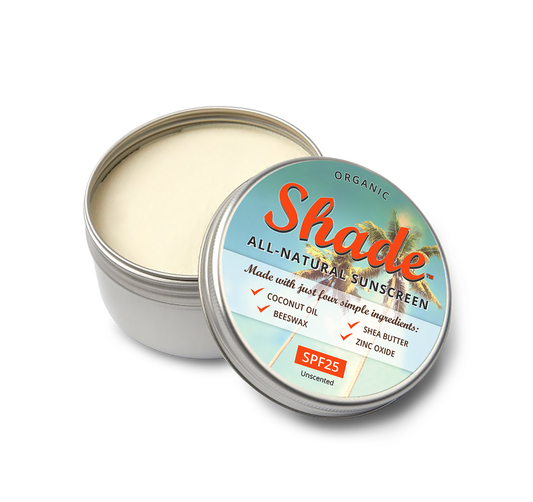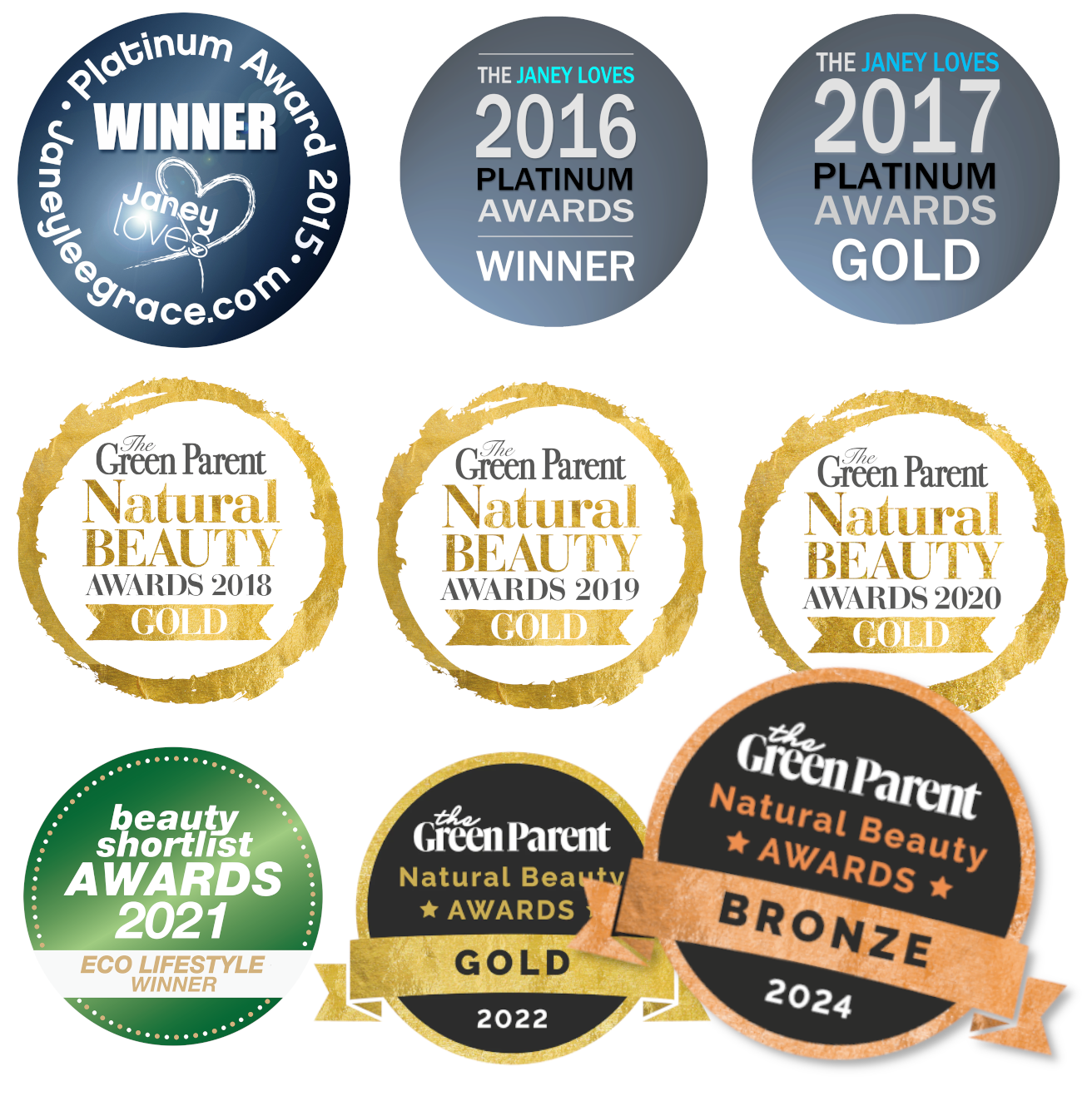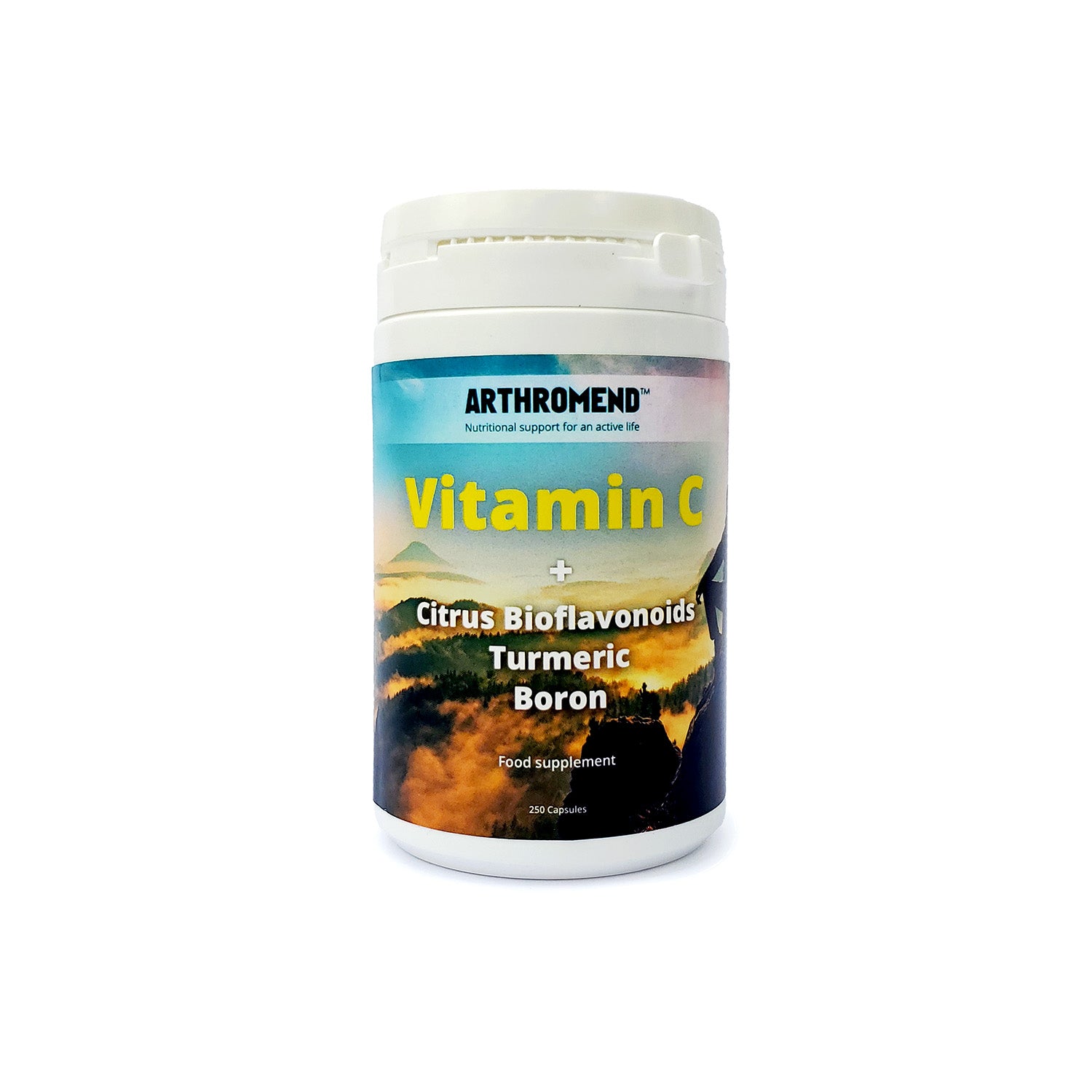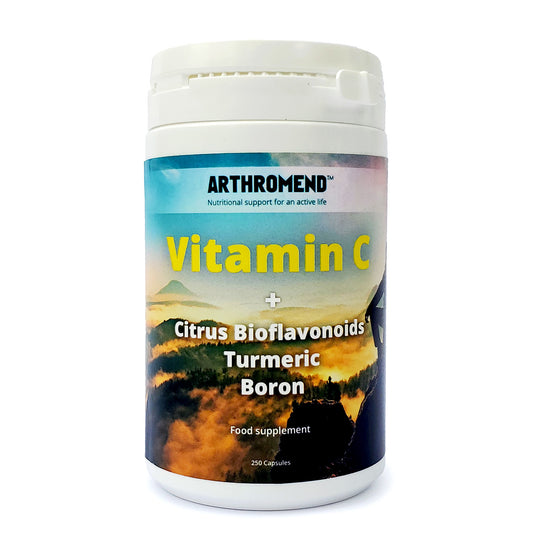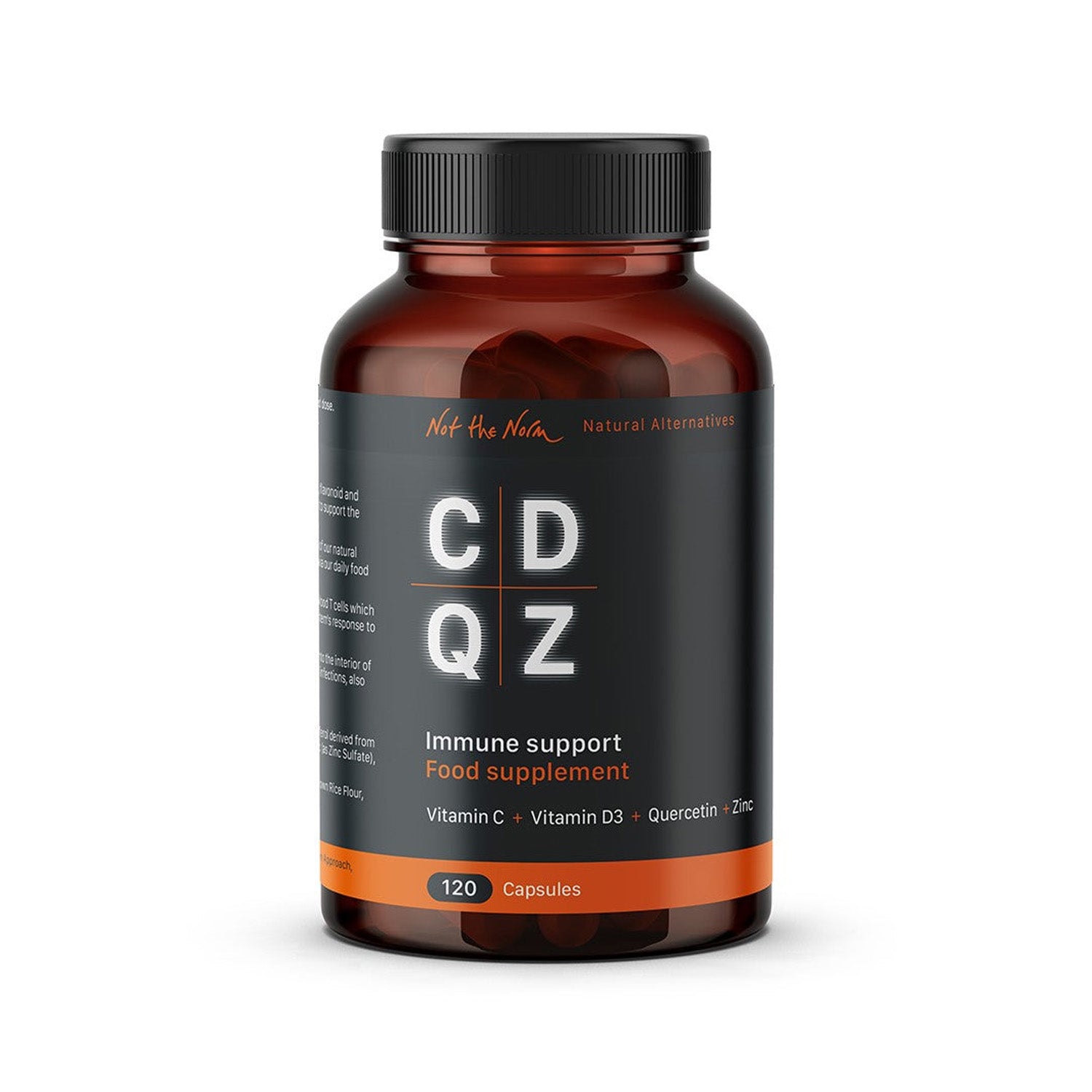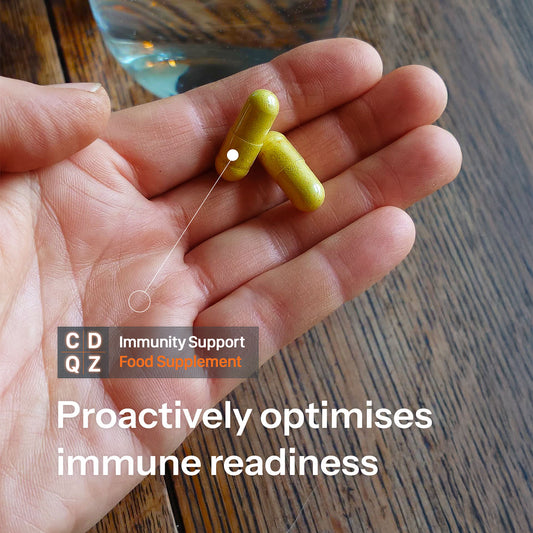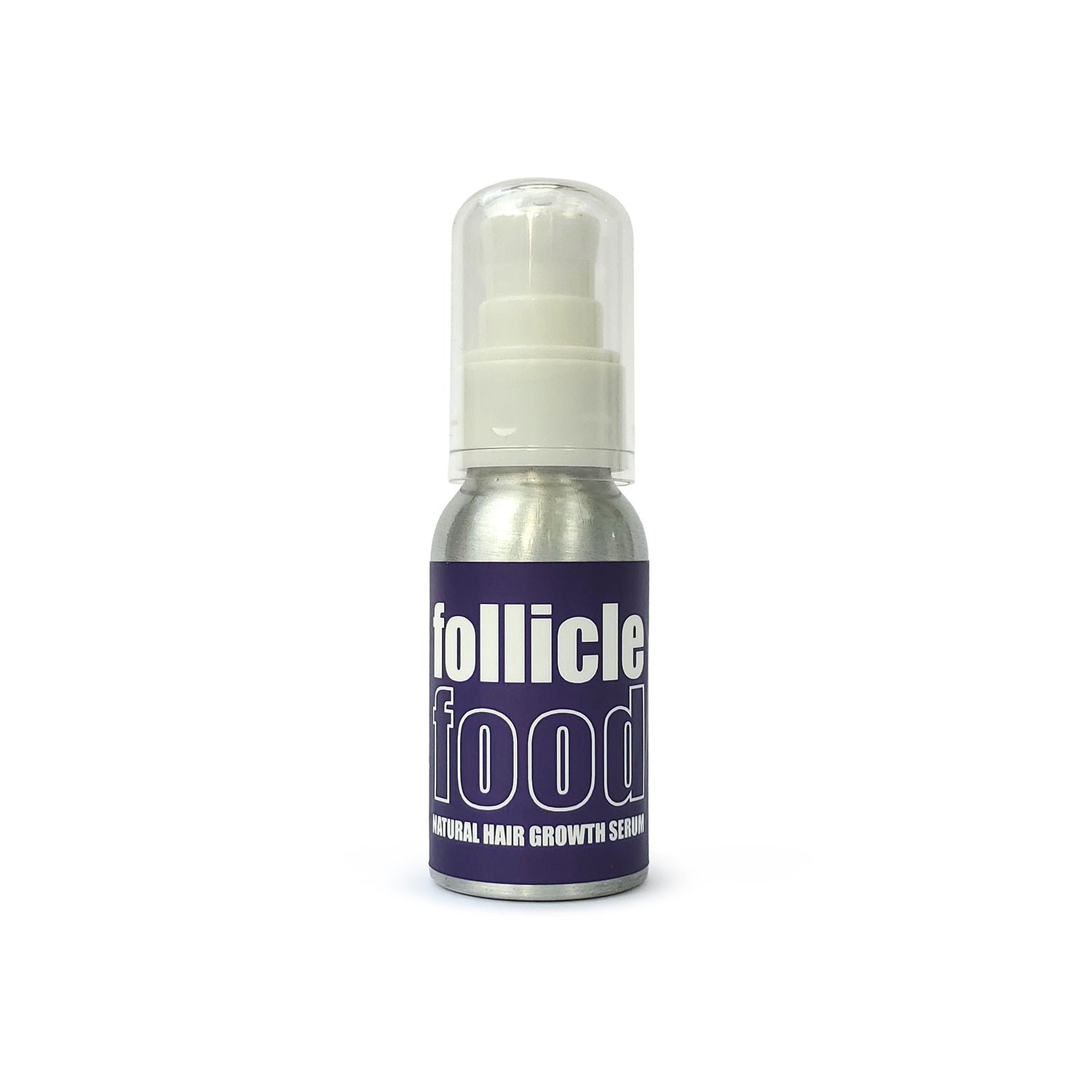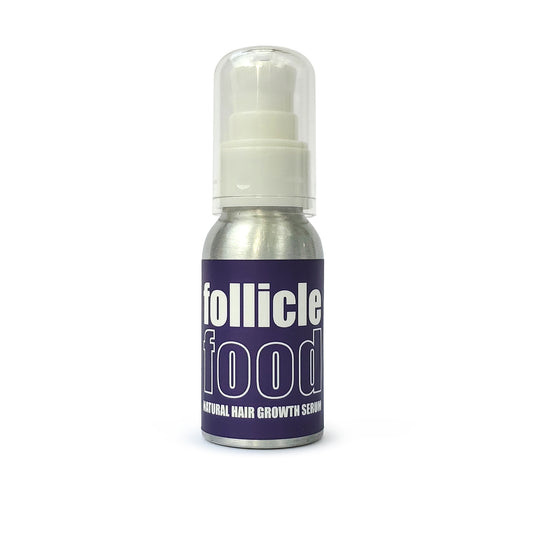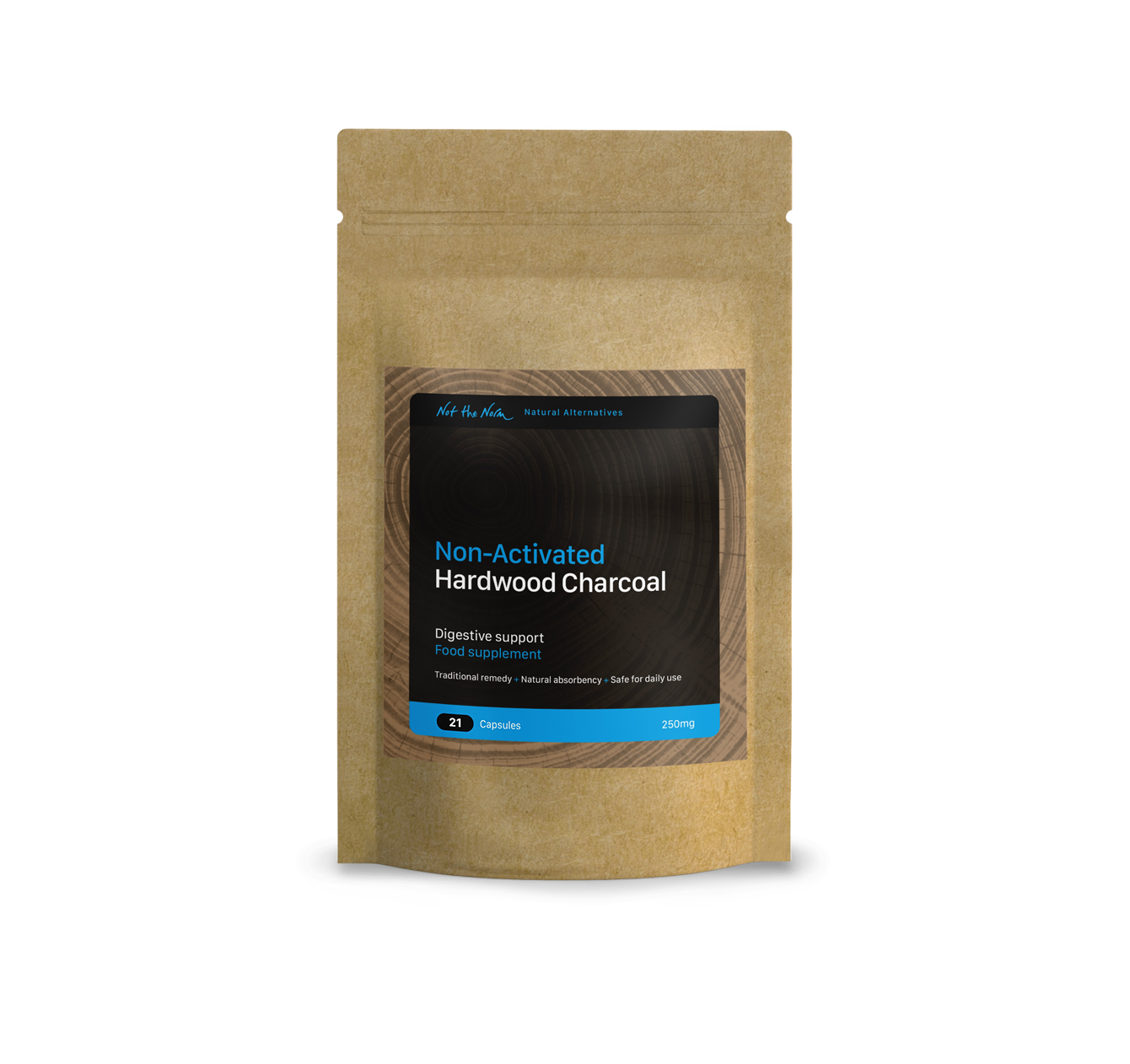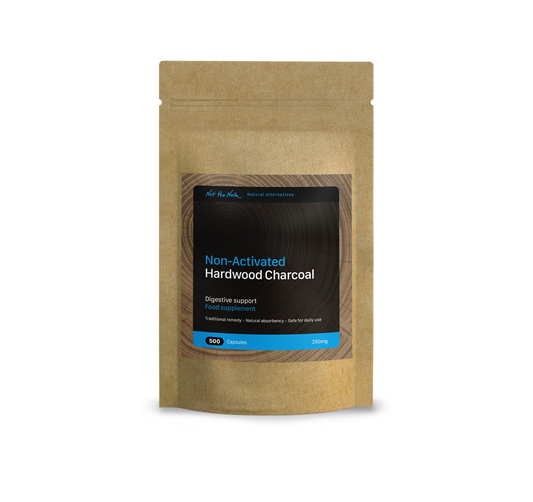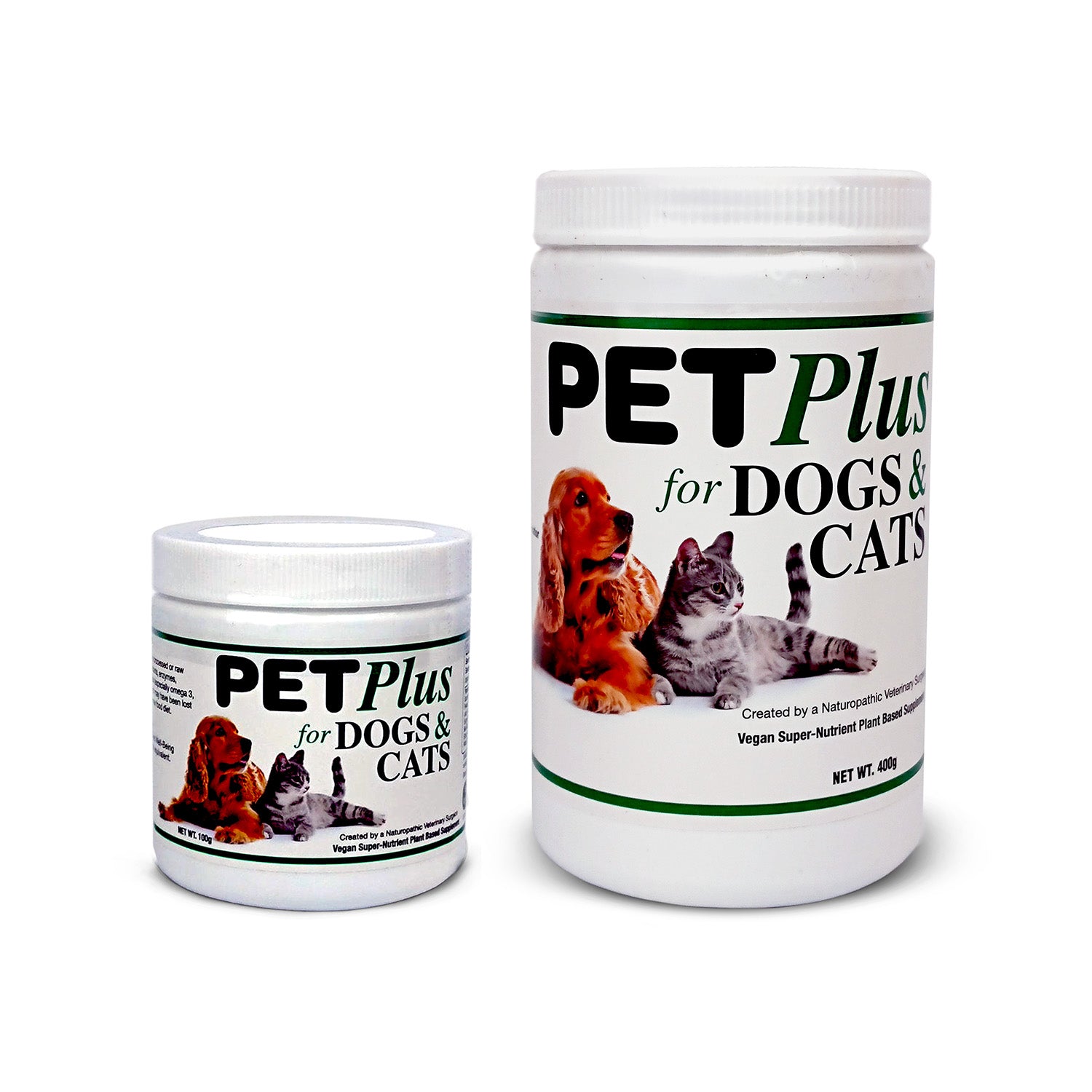It's summertime here in Blighty, and the season of silliness when it comes to acting irrationally about the sun is clearly upon us.
We seem to be a nation of extremes...either people are exposing themselves and turning into lobsters on the beach or coating themselves in SPF50 and declaring all-out war on daylight, donning ridiculous hats, long-sleeved tops and glaring at the sun as if it's the personification of cancer itself.
In my family, as we don't get away much because I run my own business, the presence of the sun is highlighted by the letter from primary school that we should now be slathering our kids in sunscreen before they come to school, and supplying them with ample cream to get them through the day.
However, if I'm expected to be plastering stuff all over my kids' largest organ on their bodies - their skin (which we all know is magnificently porous) - then I want to know what's in it, and will it do them any harm?
But don't we really need sun?
It's well-acknowledged that we require a certain amount of sun exposure in order to manufacture our essential vitamin D stores. Or is it? Something the vast number of the population are unbelievably deficient in, which is linked to higher cancer rates and other diseases, is not being shouted about in the mainstream. Why? My theory is that if were all to learn just how important our Vitamin D levels were to our overall health, we'd all be demanding tests from our doctor at the expense of the already stretched NHS.So why the soaring skin cancer rates?
Since the introduction of sunscreens the incidence of skin cancer has grown exponentially. Why? Well, perhaps it's a combination of more people feeling they can confidently expose themselves to the sun because they've plastered themselves in this new magic cream that will protect them, together with the fact that these sunscreens are themselves laden with toxic carcinogenic chemicals.The trouble with ingredients in sunscreens
Damned if you do, damned if you don't?
It would appear so, wouldn't it? Well, actually, no. It is actually possible to strike a healthy balance between getting enough sun exposure to satisfy your body's need to make Vitamin D, and not exposing your skin to damaging UV rays. People are wising-up and ethical and natural companies have taken it upon themselves to research ingredients to find natural, harmless and even health-promoting ingredients to make the time that you do have to spend in the sun safe all-round.
It's all about balance
The balance therefore is moderation, as with all things: spend time in the sun when the sun's at its least strong, i.e. not between the hours of 11am and 3pm, to give your skin the chance to synthesise its essential stores of vitamin D, and if you do have to spend an inordinate amount of time in the sun, use light protective clothing and a natural sunscreen like Shade™ All-Natural Sunscreen, which has only 4 carefully selected ingredients to offer you the broadest range of sun protection, whilst at the same time conditioning and moisturising your skin and most importantly NOT dosing you or your kids up with dangerous chemicals.
So who wins?
I like to think that with Shade™, I have found a truce for the battle between the Lobsters and the Warmongers. Something that allows sun-seekers to safely get the sun they crave, but that also helps to eliminate the fear from the those who believe the sun's very emergence from behind those clouds is a major threat to their health.Thank You!
I would like to reward you with having made it to the end of my blog post, and offer you a 20% discount on your first tin of Shade™ All-Natural Sunscreen. Just enter the code LOBWAR at checkout when you order, and the discount will automatically be applied. And don't forget, I'm here if you have any questions about any of the products on this site, and please review Shade™ when you have used it!
Tania
Founder and Managing Director


